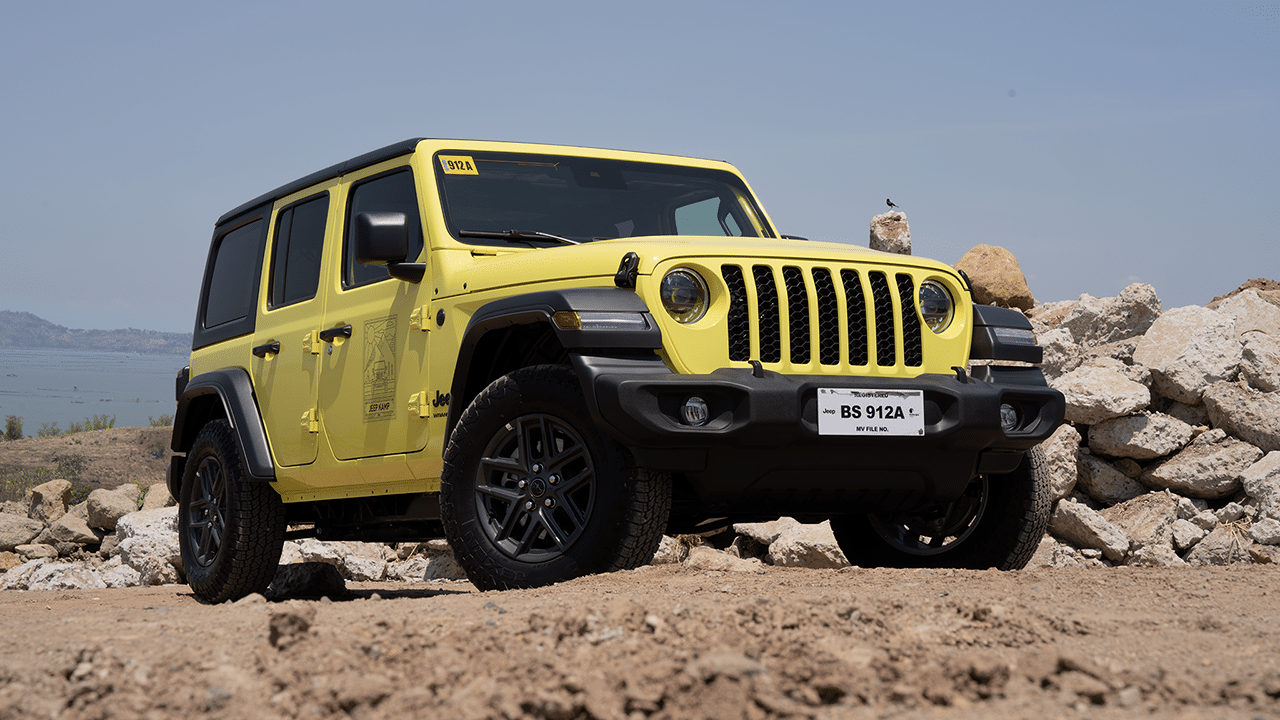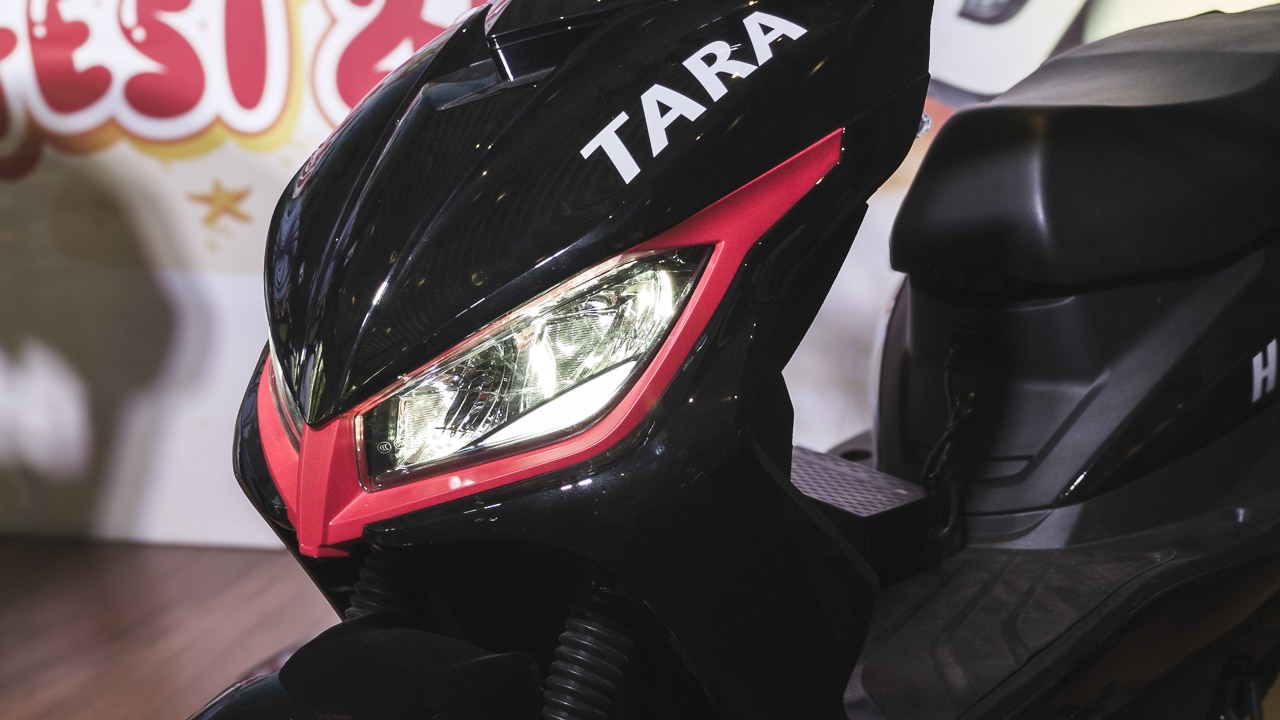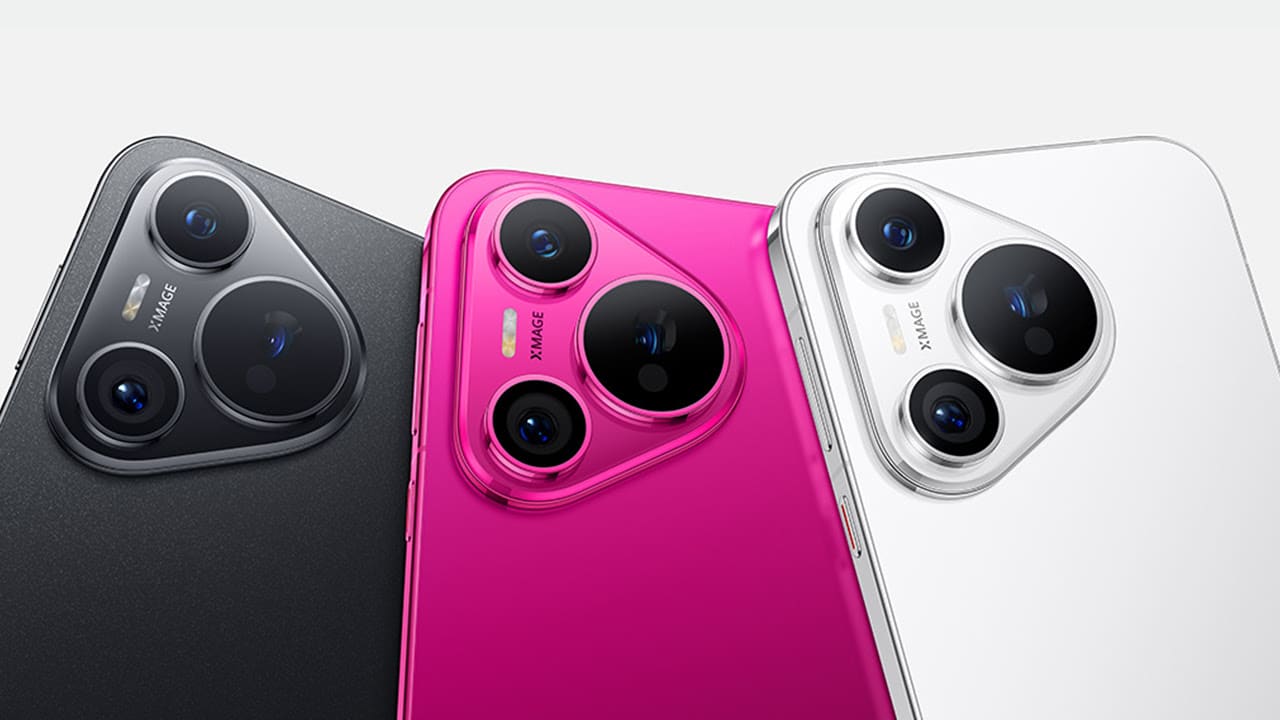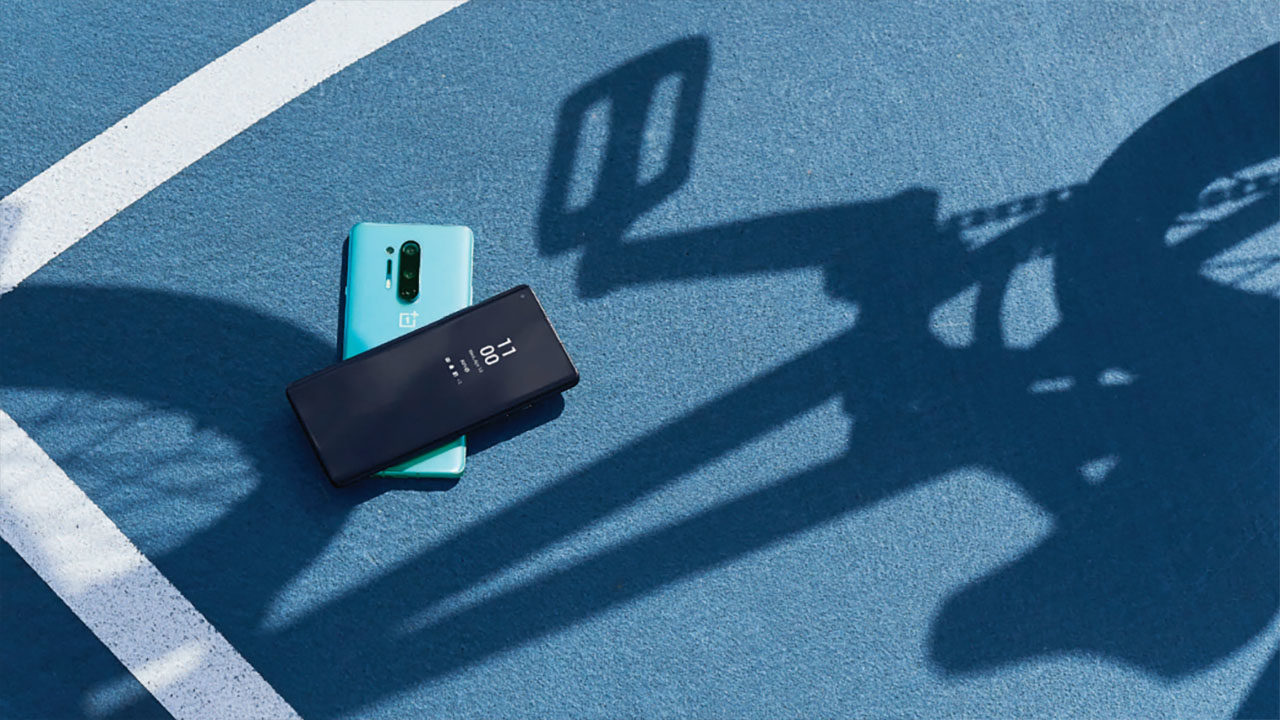With Bitcoin prices soaring to a high of US$ 41,973/BTC in early January of this year, many people are giving a second look at how they can get into this modern-day goldmine.
Understanding cryptocurrency, blockchain, hashrate, mining pools, and all the other crypto mumbo-jumbo, however, is a big obstacle for those of us who aren’t tech wizards. Like me, most people are curious about mining for Bitcoin but don’t necessarily fathom how ‘mining’ on the internet happens.
Fortunately, you don’t need to understand all of it to start earning some Bitcoin. The best and most practical way of knowing whether Bitcoin mining is for you is, incredibly, by just doing it.
I was encouraged when I watched an 11-minute video by Tech Inspected where he explained in very clear terms how to get started with mining. Here, I will show you what I learned, along with answers to the questions I had when I began to try out Bitcoin mining.
If you’re wondering about hardware, the general understanding is that anyone who has a PC with a relatively powerful graphics card — at least Nvidia GE Force 10 series or AMD counterpart — can mine.
In the spirit of ‘learn-by-doing’, here’s a simple, three-step process anyone can do to start mining:
Create a Nicehash account
I’ve found Nicehash to be the simplest, easiest-to-use miner out there, and it’s perfect for beginners. No need to figure out scripts and pool addresses and other seemingly arcane complications that other miners require. Nicehash even automatically creates a Bitcoin wallet for you where it will deposit your earnings. No-fuss, no worries, all done without any effort on your part – which is the beauty of crypto mining in the first place.
You just download the miner, input the Bitcoin wallet address provided by Nicehash, press ‘play’, and it’s good to go. You can mess with the settings later once you’re more familiar with the program. For now, just press ‘play’ and let your graphics card work.
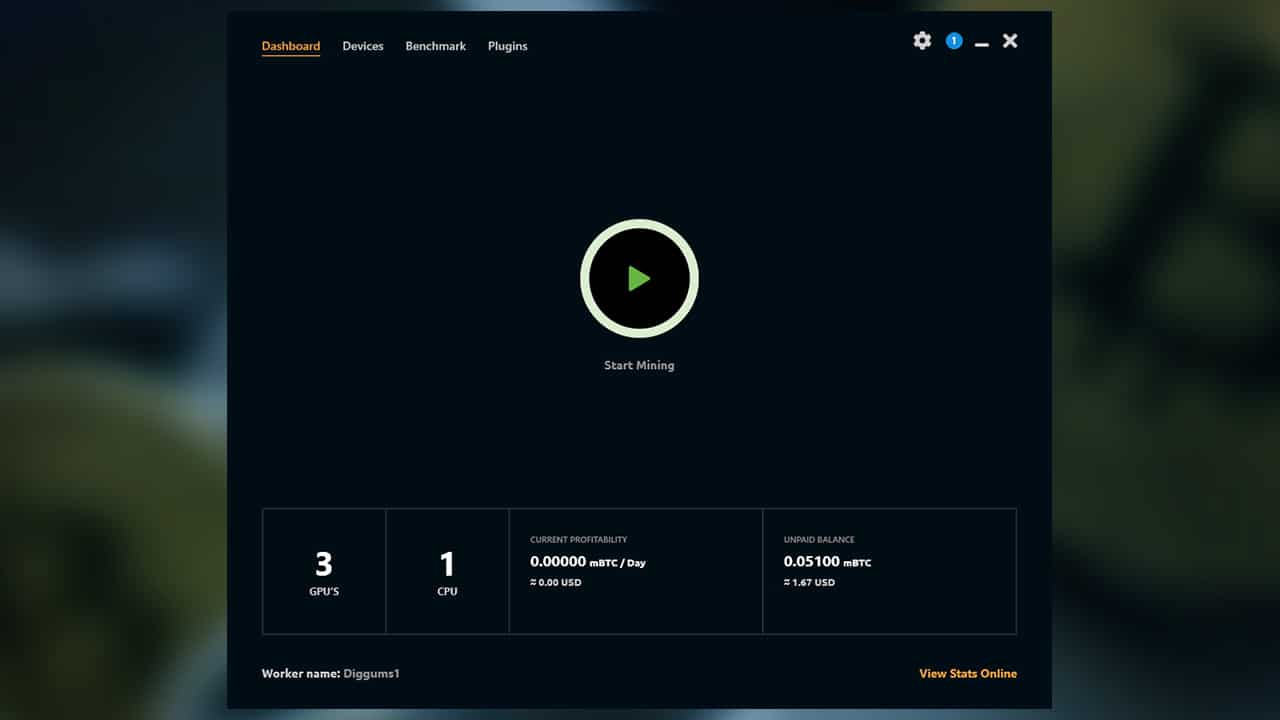
Now, don’t expect to mine a lot of Bitcoin right away – you’re likely just mining with one graphics card and you’ve just started. Give it some time – a day or two if you have the new RTX30 cards, maybe a week if you have the older cards. You can check the profitability of your rig through the Nicehash miner.
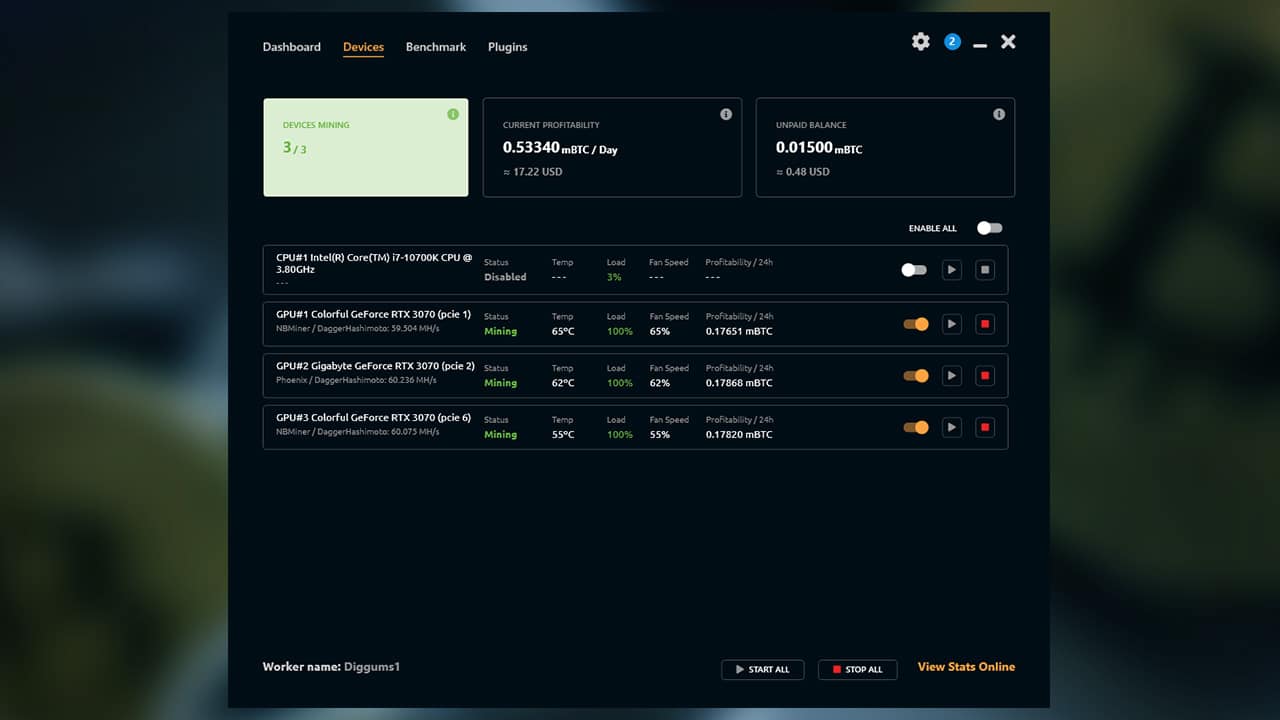
You can even find out your projected weekly, monthly, and annual earnings on your Nicehash account.
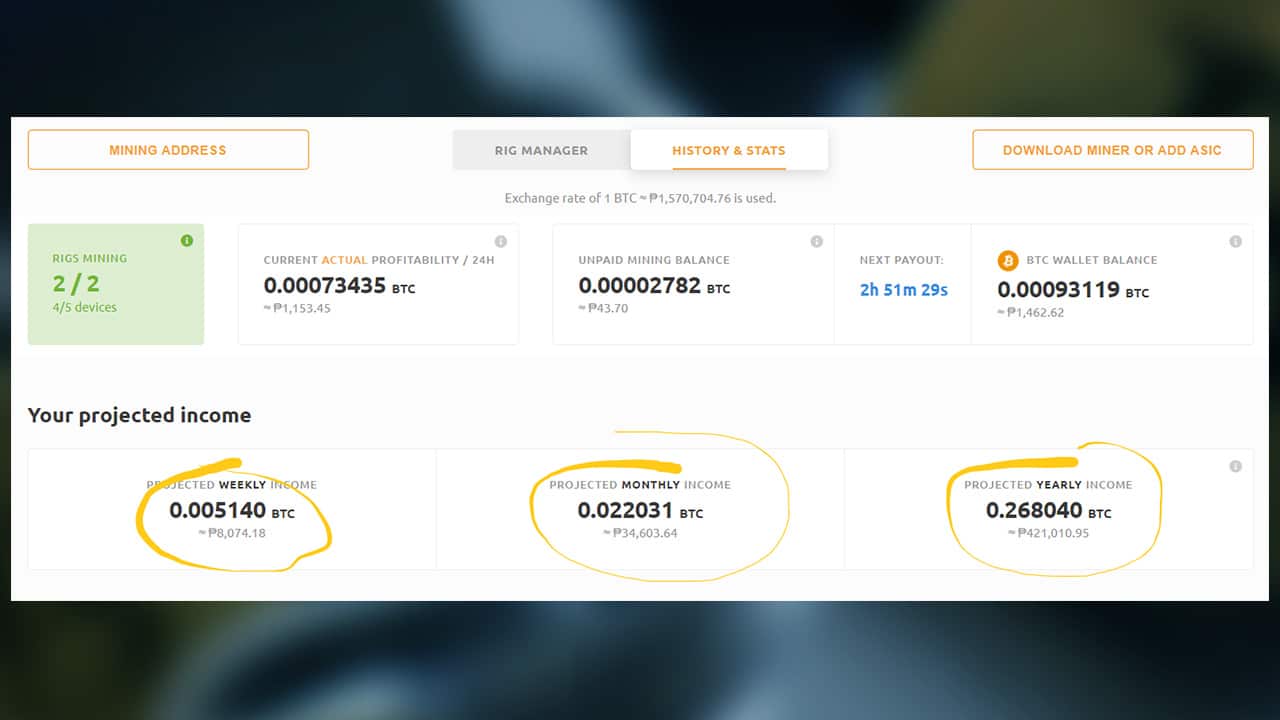
If you’ve done Number 1, then technically, you’re a miner already (maybe I should’ve titled this article ‘1 Easy Step To Start Mining’?). Congratulations, now you have some Bitcoin.
But naturally, you have pertinent questions like “HOW DO I TURN THESE SHINY BITCOINS TO PHILIPPINE PESO?” After all, your local 7-11 doesn’t accept Bitcoin as a valid form of payment yet, right?
Create a Coins.ph account
Coins.ph will let you convert Bitcoin into Philippine Pesos. To do this, you have to move your Bitcoins from your Nicehash wallet and transfer it to your Coins.ph account.
First, make an account at Coins.ph and get your Bitcoin wallet (not the Peso wallet) address from there. Click the BTC line under ‘All Wallets’, then click the QR code to copy the wallet address.
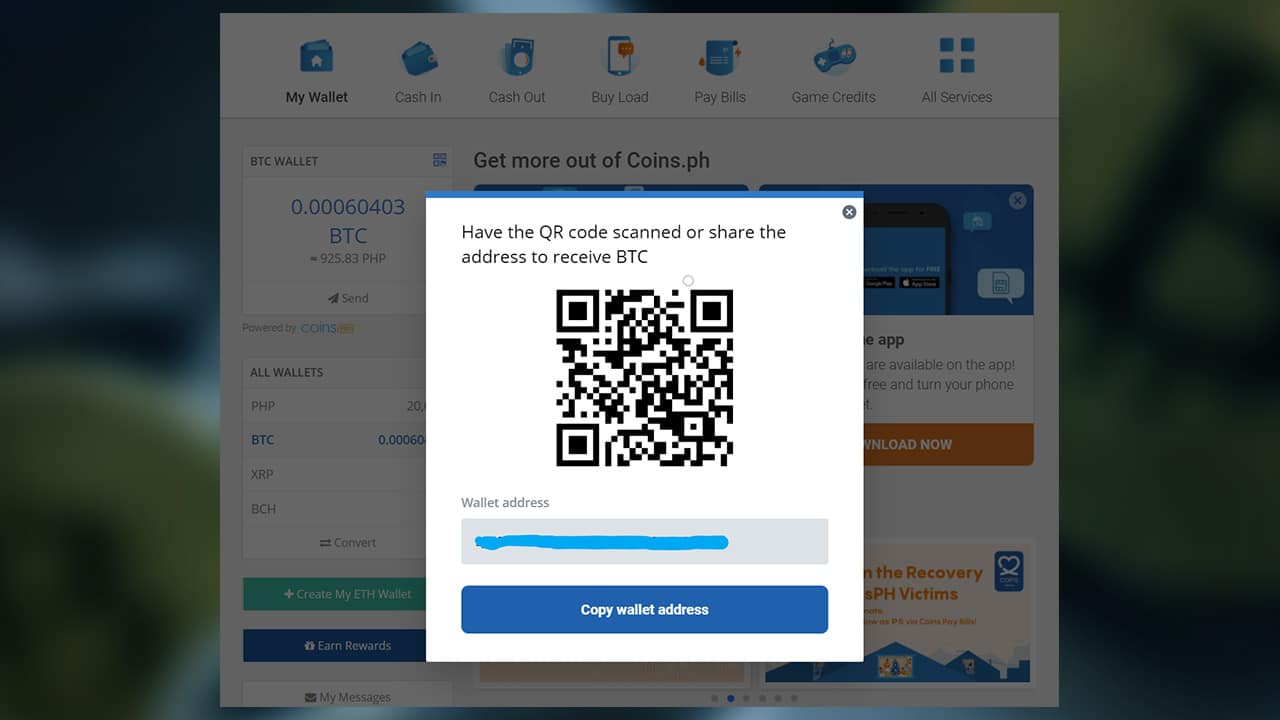
Then, go to your Nicehash account, go to the ‘Wallets’ tab, and click ‘Withdraw’.

Paste your Coins.ph Bitcoin wallet address on the Withdraw field, input the amount of Bitcoins you want to transfer, and finalize it. The minimum withdraw amount is 0.001BTC (around PhP 1500).
Convert your Bitcoin to Peso
Now that you’ve moved your Bitcoins from Nicehash into your Coins.ph account, it’s time to turn them into actual pesos that you can spend in your favorite carinderia.
In your Coins.ph account, go again to your BTC wallet, then press ‘Convert’. This will enable you to exchange your Bitcoins to Pesos. It’s a similar process to when you go to a money changer to trade currencies.
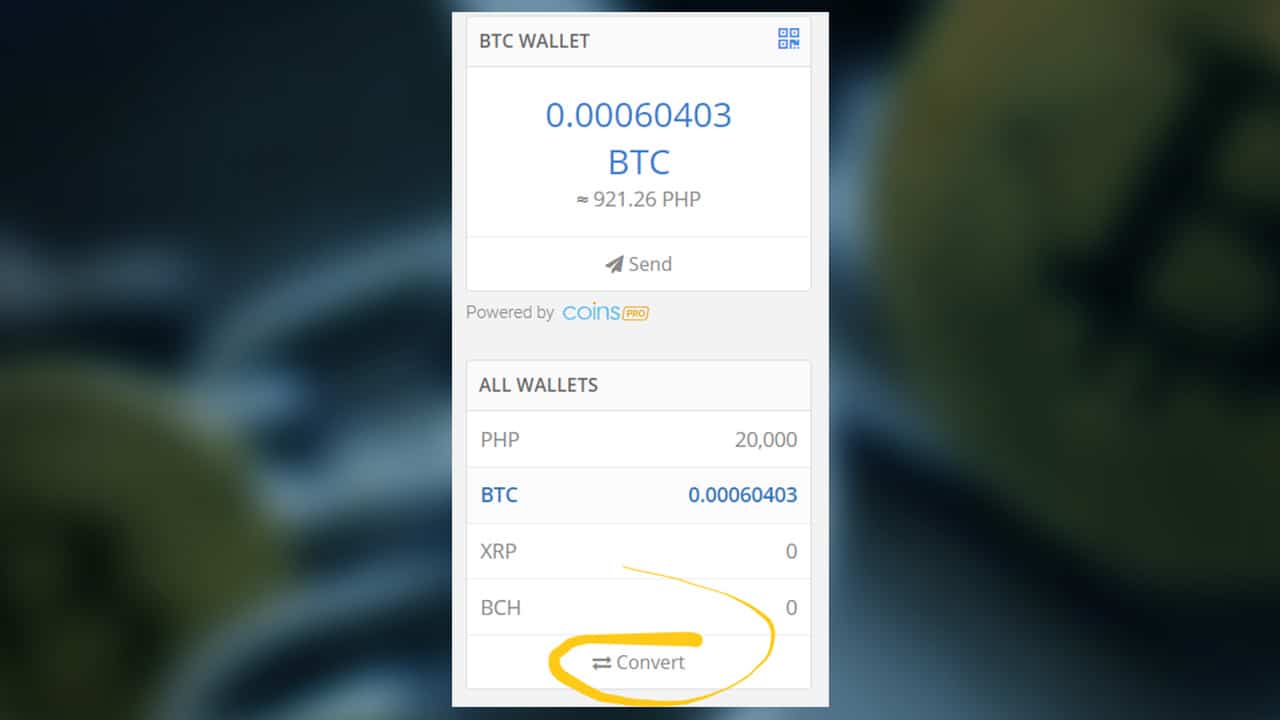
Once you’re done with the conversion, you can now get your pesos through various means.
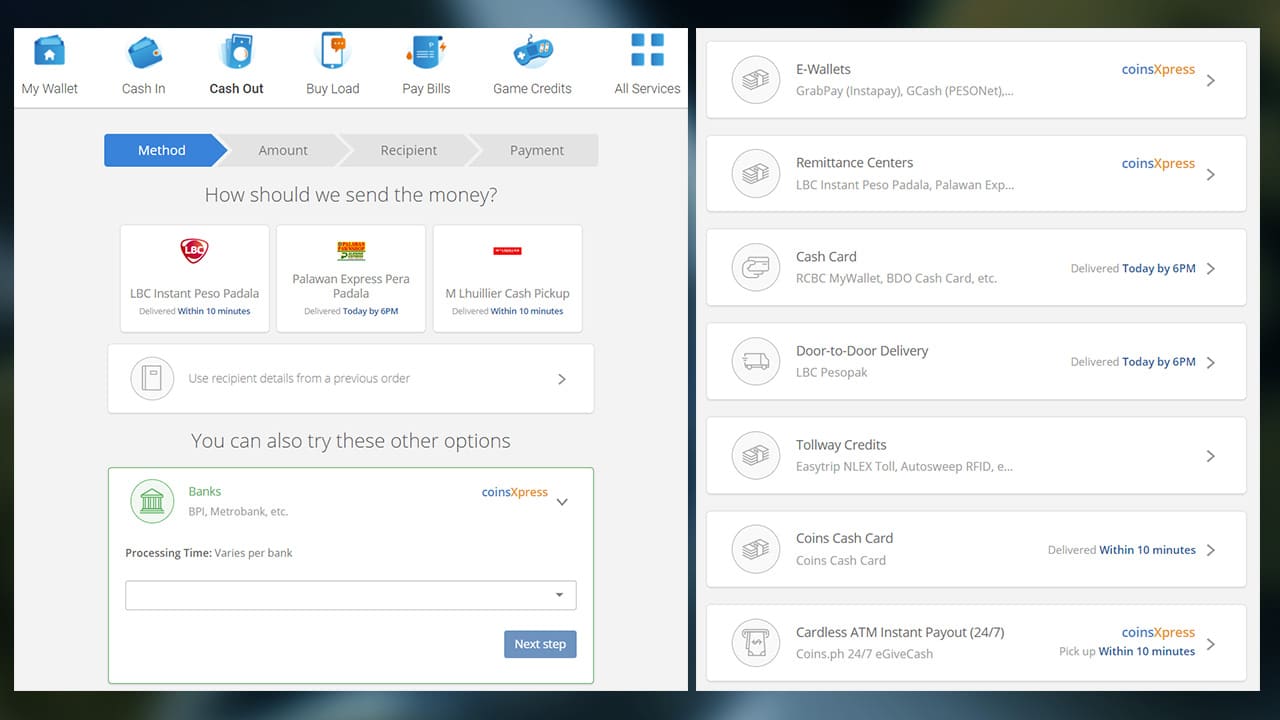
You can ‘Cash Out’ your money and transfer it to various banks (BPI, BDO, Security Bank, etc.), e-wallets (GrabPay, GCash, etc.), remittance centers, and other options.
That’s it!
You’ve successfully mined and moved Bitcoins, and then converted them into pesos.
For casual miners, cryptocurrency mining is probably not enough to fully supplant the salary that a regular job pays, but as a completely passive source of income? Forgive the pun, but mining rocks!
If you have more questions – from specifics like “Isn’t it better to mine Etherium instead of Bitcoin nowadays?” or “how fast should my internet speed be for mining?”, or more nebulous inquiries such as “Should I invest in buying more cards for mining?” or even pragmatic concerns akin to whether or not mining actually harms your precious graphics cards, let us know!



